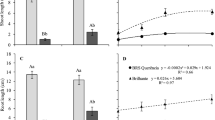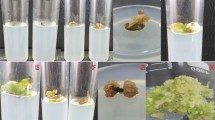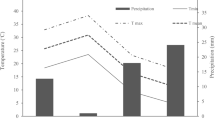Abstract
IT may be of interest to Mr. Alexander Nelson and to other readers of NATURE (Dec. 4, 1926, p. 804) to know that sulphuric acid has been used industrially for the promotion of germination in hard leguminous seeds for some years. The substitution on an extensive scale of Indigofera arrecta for the previously cultivated Indigofera sumatrana by the indigo planters of Bihar during the early years of the century was, in fact, made possible largely by the introduction of the sulphuric acid method of seed treatment into their agricultural practice. The seed of Indigofera arrecta grown in Bihar was found to possess a very hard coat and to fail to germinate almost entirely under the conditions of soil moisture prevailing in northern India. Treatment with sulphuric acid led to perfect germination in a well-ripened sample of seed, and the method was used for many years and is, I believe, still used by the Bihar planters. The procedure differs slightly, however, from that indicated by Mr. Nelson in that concentrated, instead of dilute, acid is employed. A full description of the method as used in Bihar may be found in my report to the Bihar Indigo Planters' Association for the year 1906–7.
This is a preview of subscription content, access via your institution
Access options
Subscribe to this journal
Receive 51 print issues and online access
$199.00 per year
only $3.90 per issue
Buy this article
- Purchase on SpringerLink
- Instant access to full article PDF
Prices may be subject to local taxes which are calculated during checkout
Similar content being viewed by others
Author information
Authors and Affiliations
Rights and permissions
About this article
Cite this article
BERKELEY, C. Hard Seeds in Leguminosæ. Nature 119, 198 (1927). https://doi.org/10.1038/119198b0
Issue date:
DOI: https://doi.org/10.1038/119198b0



